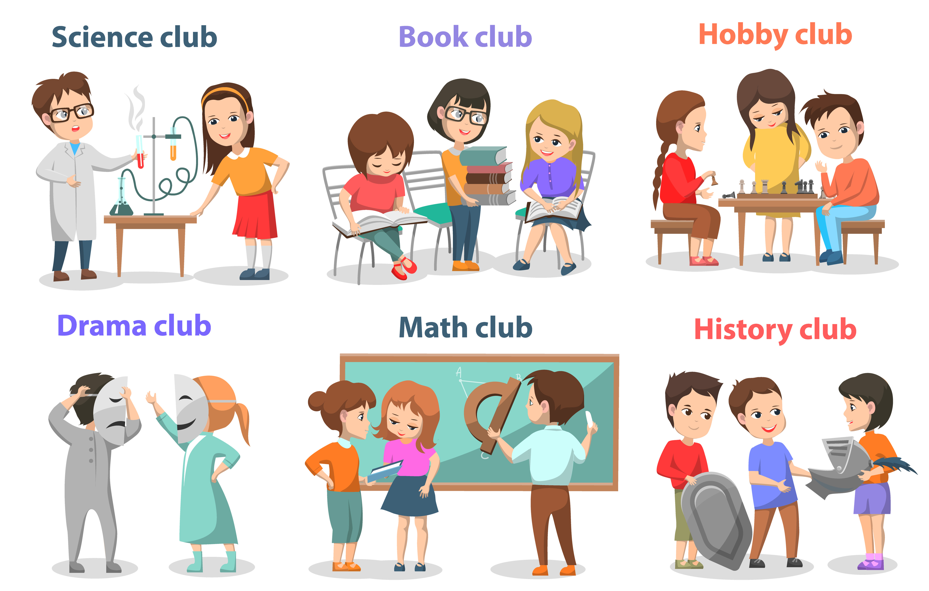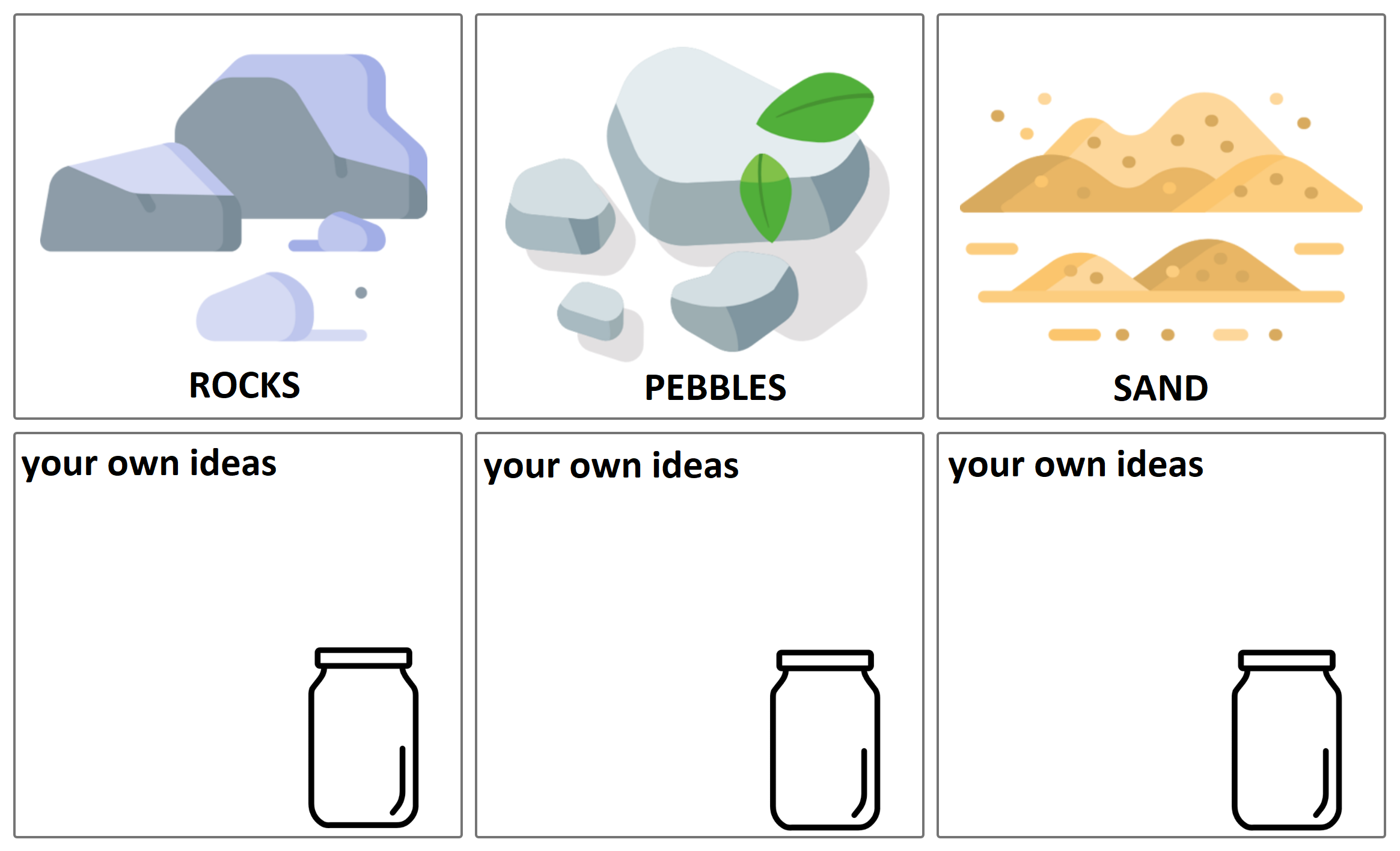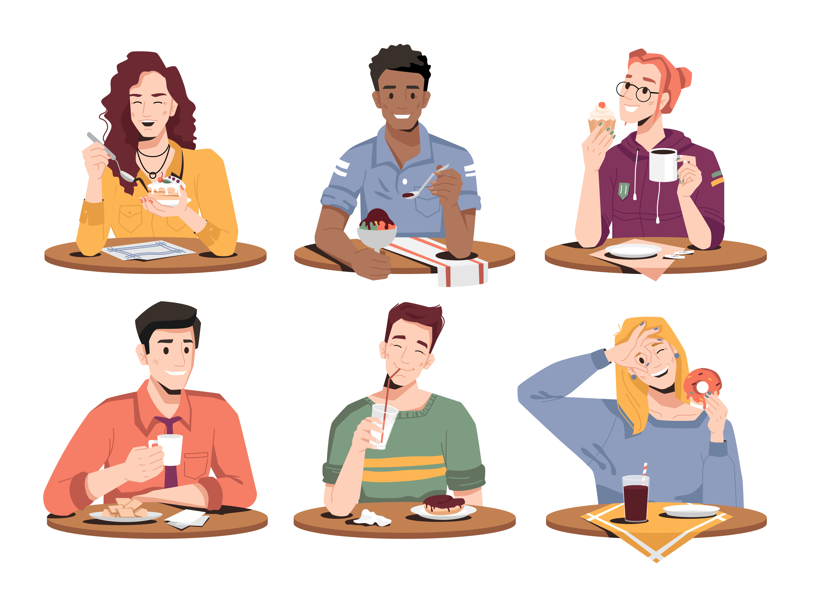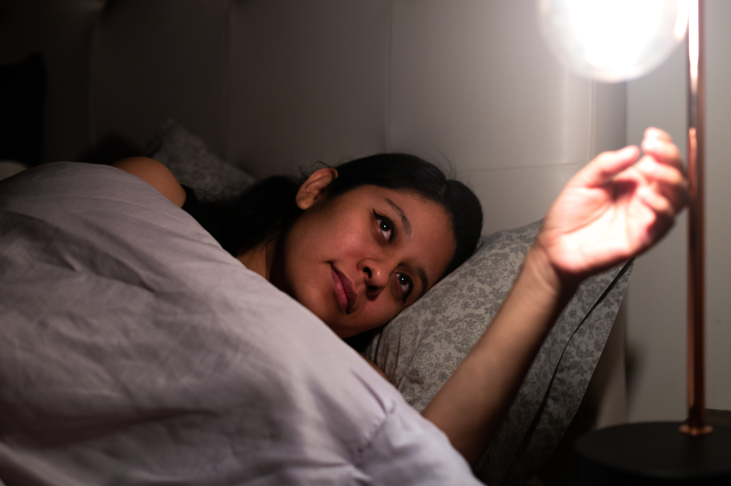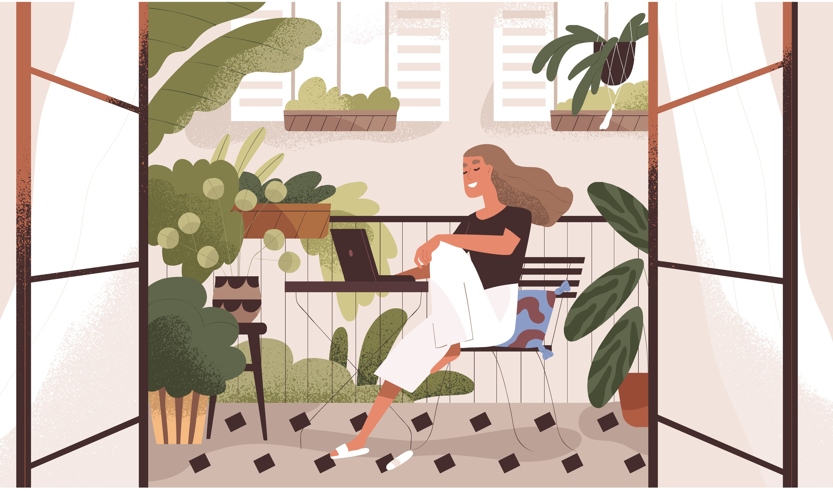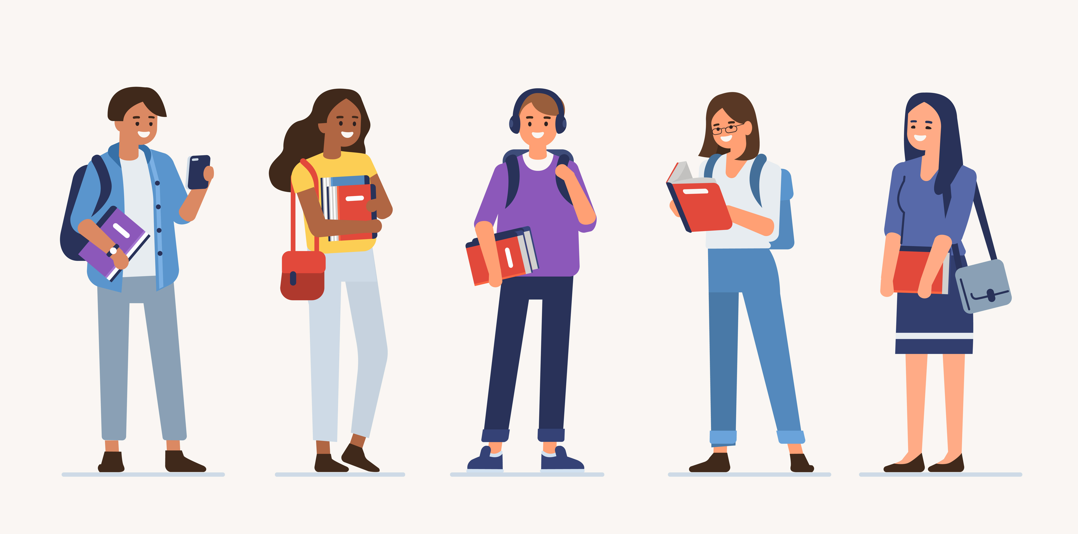
Part A SELF INTRODUCTION

Part A_1 SELF INTRODUCTION
Let’s introduce ourselves to each other.
My name is ________. What is your name?
Part A_2 SELF INTRODUCTION
I am ________. Nice to meet you.


Part A_3 SELF INTRODUCTION
Nice to meet you too, ________. Let’s begin our lesson!
Part B LESSON GOALS

Part B_1 LESSON GOALS
Let’s have a look at the goals for today.
■ Introducing others
■ Vocabulary
■ Warm-up role play
■ Practice
■ Role play
■ Review
■ Vocabulary quiz
Part C VOCABULARY

Part C_1 VOCABULARY
We’ll read aloud the words below. Please repeat after me.
Part C_2 VOCABULARY


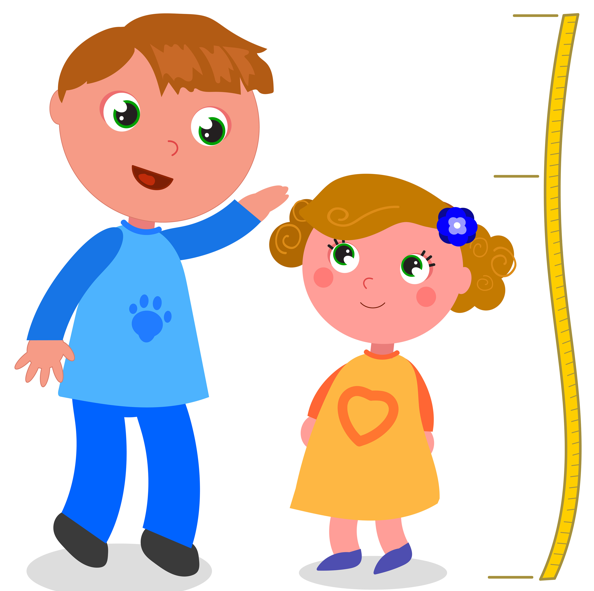



Part D WARM-UP ROLE PLAY

Part D_1 WARM-UP ROLE PLAY
Let’s have a warm-up roleplay.

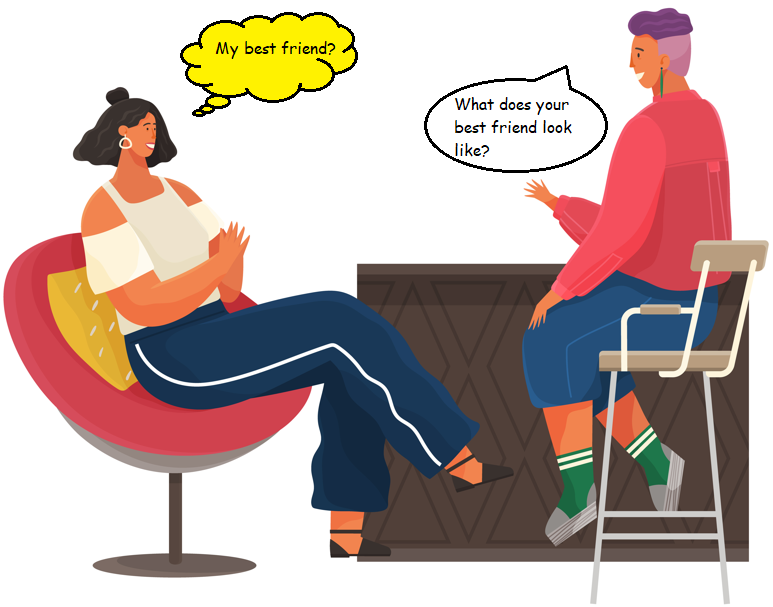
Part E PRACTICE

Part E_1 PRACTICE
Now, let’s practice the role play below.


Part E_2 PRACTICE
| I met my Japanese friend at the airport yesterday. |
Part E_3 PRACTICE
| Really? What does he look like? |


Part E_4 PRACTICE
| He has brown eyes and black hair. What about your best friend? What does he or she look like? |
Part E_5 PRACTICE
| She has blue eyes and long brown hair. |


Part E_6 PRACTICE
| I want to meet her. Is she short or tall? |
Part E_7 PRACTICE
| She is short. We can meet up together next time. |

Part E LET’S TRY

Part E_8 LET’S TRY
Let’s have a role play.


Part E_9 LET’S TRY
| I met my Japanese friend at the airport yesterday. |
Part E_10 LET’S TRY


Part E_11 LET’S TRY
| He has brown eyes and black hair. What about your best friend? What does he or she look like? |
Part E_12 LET’S TRY


Part E_13 LET’S TRY
| I want to meet her. Is she short or tall? |
Part E_14 LET’S TRY

Part F ROLE PLAY

Part F_1 ROLE PLAY
Let’s have a role play.

Part G REVIEW

Part G_1 REVIEW
Please listen as I read each question once. Then, choose the best answer.

Part G_2 REVIEW

| What is the best answer? |
| a. | Really? What does he look like? |
| b. | He has brown eyes and black hair. |
Part G_3 REVIEW
| Answer: |

Part G_4 REVIEW

| What is the best answer? |
| a. | I met my Japanese friend at the airport yesterday. |
| b. | She is short. |
Part G_5 REVIEW
| Answer: |

Part H VOCABULARY QUIZ

Part H_1 VOCABULARY QUIZ
Please choose the correct picture that describes each word.

Part H_2 VOCABULARY QUIZ
LOOK
|
|
|
Part H_3 VOCABULARY QUIZ
| Answer: |


Part H_4 VOCABULARY QUIZ
EYES
|
|
|
Part H_5 VOCABULARY QUIZ
| Answer: |

Part I READING

Part I_1 READING
Please read the whole dialogue.

Part I_2 READING
| I met my Japanese friend at the airport yesterday. |

Part I_3 READING
| Really? What does he look like? |

Part I_4 READING
| He has brown eyes and black hair. What about your best friend? What does he or she look like? |

Part I_5 READING
| She has blue eyes and long brown hair. |

Part I_6 READING
| I want to meet her. Is she short or tall? |

Part I_7 READING
| She is short. We can meet up together next time. |

Part J FREE TALK

Part J_1 FREE TALK
Let’s have a conversation.

Part J_2 FREE TALK


Part J_3 FREE TALK




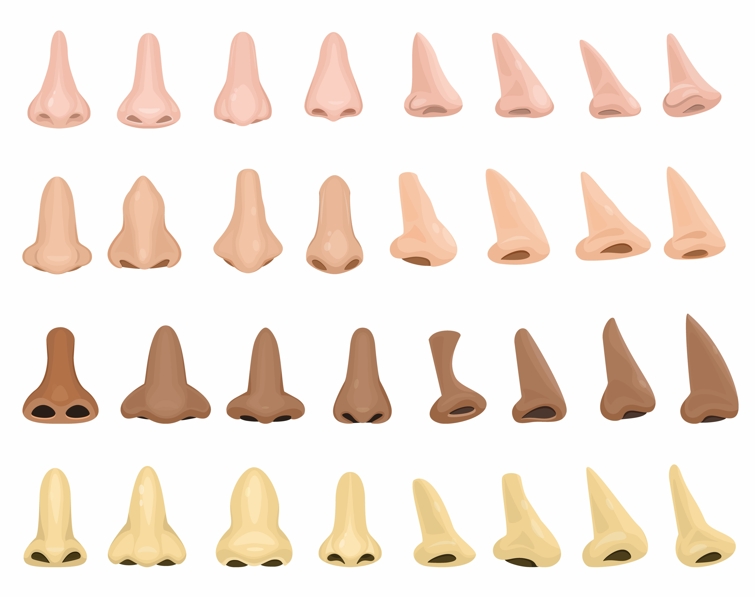





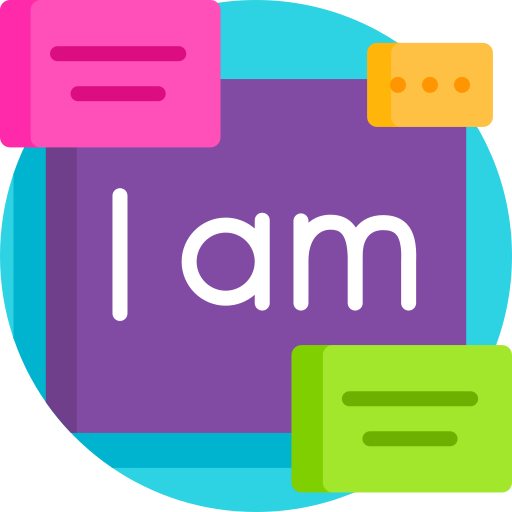





 GOOD
GOOD 

